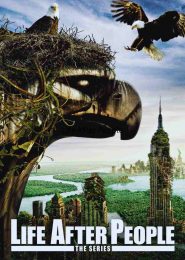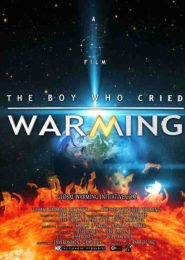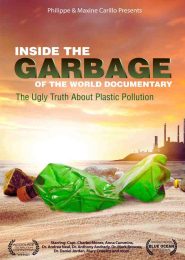Green Gold (2012)
Green Gold dives into the world of large-scale ecosystem restoration. Directed by environmental filmmaker John D. Liu, the film takes viewers on a journey across continents, showcasing remarkable efforts to rehabilitate damaged landscapes and promote sustainability.
At its core, Green Gold emphasizes the power of ecological restoration and its potential to transform barren, degraded areas into thriving ecosystems. Here are some key aspects explored in the documentary:
- The Loess Plateau Transformation:
- The film begins in China in 1995, where Liu captures the awe-inspiring transformation of the Loess Plateau. Once a severely eroded and barren landscape, the plateau underwent extensive restoration efforts.
- Through a combination of terracing, reforestation, and soil conservation, the Loess Plateau was rejuvenated. Trees were planted, water retention structures were built, and sustainable agricultural practices were introduced.
- The results were astounding: eroded gullies turned into lush green valleys, and the local communities witnessed improved livelihoods.
- Global Impact:
- Beyond China, Green Gold takes us to Africa, South America, and the Middle East. In each region, we witness similar restoration projects.
- From the Great Green Wall initiative in Africa to efforts in Jordan and Brazil, the film showcases how communities are reclaiming their land and combating desertification.
- These projects not only restore ecosystems but also provide economic opportunities, combat climate change, and enhance biodiversity.
- Hope and Responsibility:
- The documentary serves as a beacon of hope. It reminds us that even in the face of environmental degradation, positive change is possible.
- We are reminded of our responsibility to protect and restore our planet. By learning from successful restoration efforts, we can make informed decisions and take action.
In conclusion, Green Gold inspires us to see beyond the damage and envision a greener, more sustainable future. It celebrates the resilience of nature and the collective efforts of individuals and communities working towards a healthier planet. As we watch the landscapes transform, we are reminded that we hold the keys to healing our Earth—one tree, one terrace, and one ecosystem at a time.




